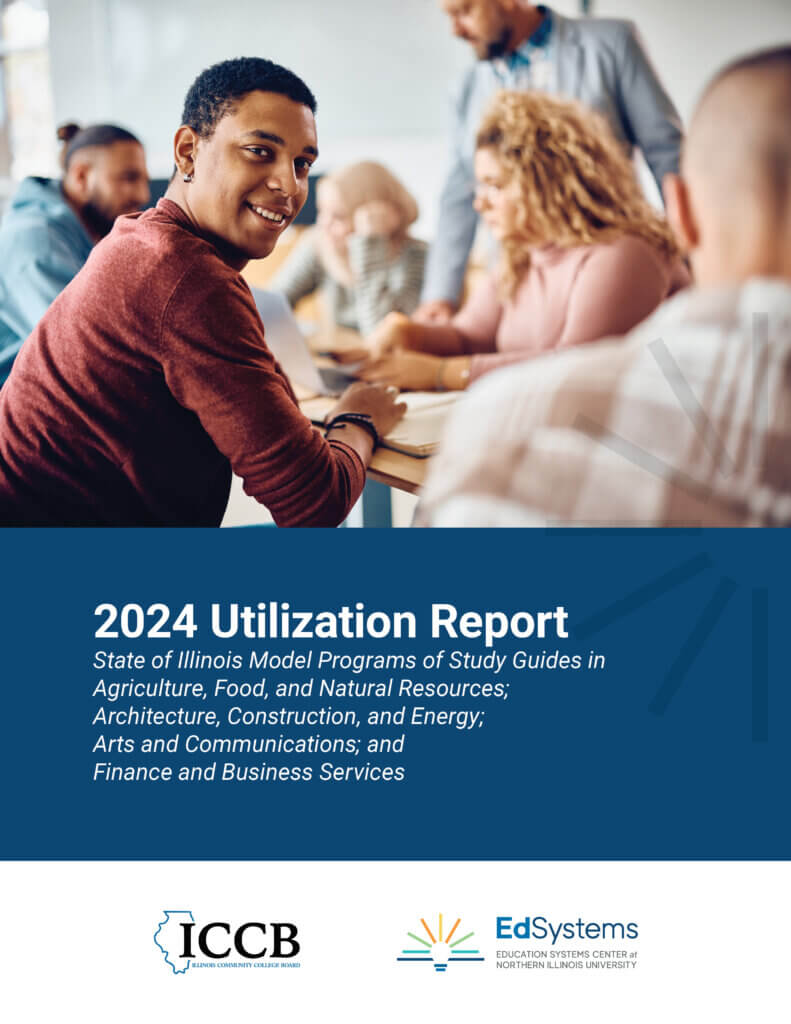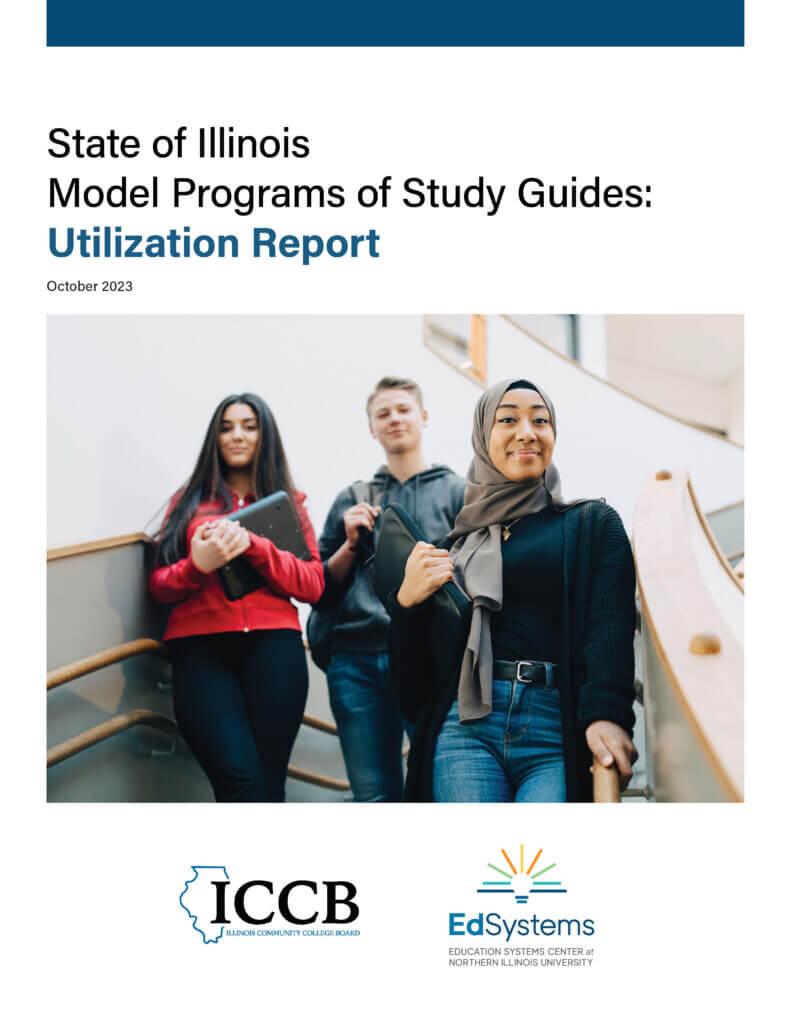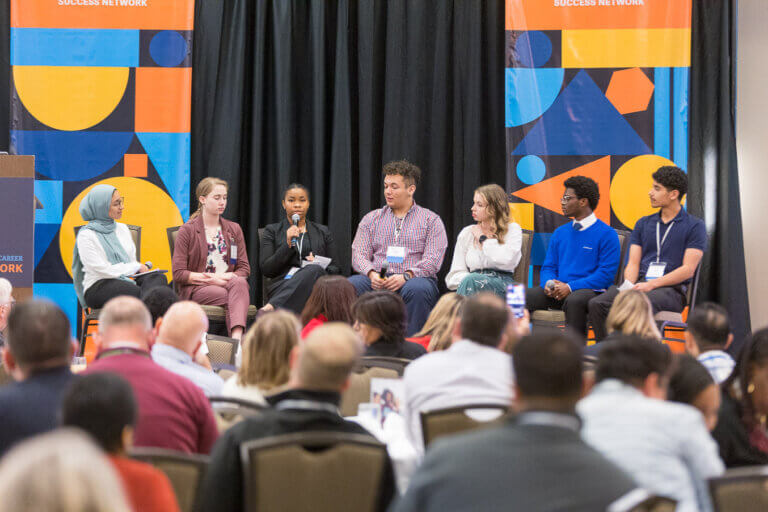In today’s ever-evolving job market, students need more than just academic qualifications to succeed. They need pathways that connect education with real-world career opportunities. In Illinois, this challenge has been met with the development of the State of Illinois Model Programs of Study Guides, a collaborative initiative spearheaded by the Education Systems Center of Northern Illinois University, Illinois State Board of Education (ISBE), and Illinois Community College Board (ICCB). These guides provide a framework for schools to align their curriculum and work-based learning with industry demands, ensuring that students are prepared for the future of work.
At the heart of this initiative is a commitment to aligning educational pathways with labor market data and credential programs. This alignment allows students to transition seamlessly from high school to college and into meaningful careers in high-demand fields. However, as with any ambitious statewide initiative, successful implementation is critical to achieving the desired impact.
What Are the Model Programs of Study?
The Model Programs of Study Guides provide schools and community colleges with a roadmap for developing industry-aligned pathways and serve several purposes:
- The guides offer customizable frameworks for districts and colleges, ensuring their programs of study meet both state and federal standards, including the Perkins V Plan.
- The guides define critical competencies students need to acquire through course sequences.
- The guides help identify priority dual credit courses that can be scaled across the state and easily transferred to four-year institutions.
- The guides facilitate employer engagement, offering entry points for companies to support student learning and workforce preparation.
In short, these guides are designed to bridge the gap between education and employment, helping students succeed in high-demand fields.
The Importance of Dual Credit Courses
One of the most powerful aspects of the Model Programs of Study Guides is their emphasis on dual credit courses. These courses allow high school students to earn college credit while still in secondary school, accelerating their progress toward a degree or certification. This saves students time and money while giving them a head start in their career journey.
But how well are Illinois’ community colleges aligning their dual credit offerings with the Model Programs of Study Guides? That’s the question that EdSystems set out to answer in recent studies.
With support from ICCB, EdSystems released the first State of Illinois Model Programs of Study Guides: Utilization Report in October 2023. The report analyzed the alignment of education, health sciences and technology, information technology, and manufacturing and engineering pathway offerings to the guides.
Today, EdSystems is releasing its second utilization report, focused on the agriculture, food and natural resources; architecture, construction, and energy; arts and communications; and finance and business services sectors.
Key Findings from the 2024 Research
Findings from the research include:
- Agriculture, food, and natural resources: Agribusiness emerged as the most popular program across rural institutions, with strong alignment to the Model Programs of Study. Courses such as Agricultural Business Management are frequently offered as dual credit, but there’s potential to expand pathways in horticulture and plant science.
- Architecture, construction, and energy: This sector showed mixed results. While programs like HVAC are well-represented and some colleges are even offering industry credentials as dual credit, there’s a need for more strategic alignment with the Model Programs of Study.
- Arts and communications: The submissions in this field don’t often align with the recommended Model Programs of Study. Institutions are offering a range of courses in fields like graphic design and digital media, but further exploration is needed to assess whether these pathways meet industry demands.
- Finance and business services: Pathways in this sector aligned strongly with the Model Programs of Study, particularly in foundational accounting courses. However, there’s room to enhance alignment in more specialized areas, such as financial accounting, to better prepare students for the next step in their education or career.
Recommendations for Moving Forward
Based on the findings, the following recommendations are intended to help community colleges and their partner school districts improve alignment with the Model Programs of Study and increase dual credit course offerings:
Explore New Pathways
The arts and communication and architecture, construction, and energy sectors need further exploration to understand why alignment is low and how to expand offerings.
Engage Faculty
Community college faculty play a pivotal role in the success of these pathways. More needs to be done to engage faculty in using the Model Program of Study Guides effectively, from understanding course selection to ensuring that dual credit offerings align with industry needs.
Collaborate on Pathway Mapping
Community colleges should take the lead in working with high schools and other regional partners to map college and career pathways. This collaboration can ensure that dual credit courses are strategically selected, grounded in labor market data, and accessible to all students.
The Future of Dual Credit and Workforce Readiness
Illinois has made significant strides in aligning education with workforce needs through its Model Programs of Study Guides. These guides offer a clear framework for success, but there’s still work to be done. By focusing on strategic course offerings, engaging faculty, and fostering collaboration between colleges and high schools, we can ensure that students across the state are well-prepared for the future of work.
The ultimate goal is simple: Create pathways that lead to student success, whether that’s entering the workforce with a credential or continuing their education with a clear, guided plan. By continuing to refine and expand the use of the Model Program of Study Guides, Illinois is setting a strong foundation for the next generation of learners and workers.




